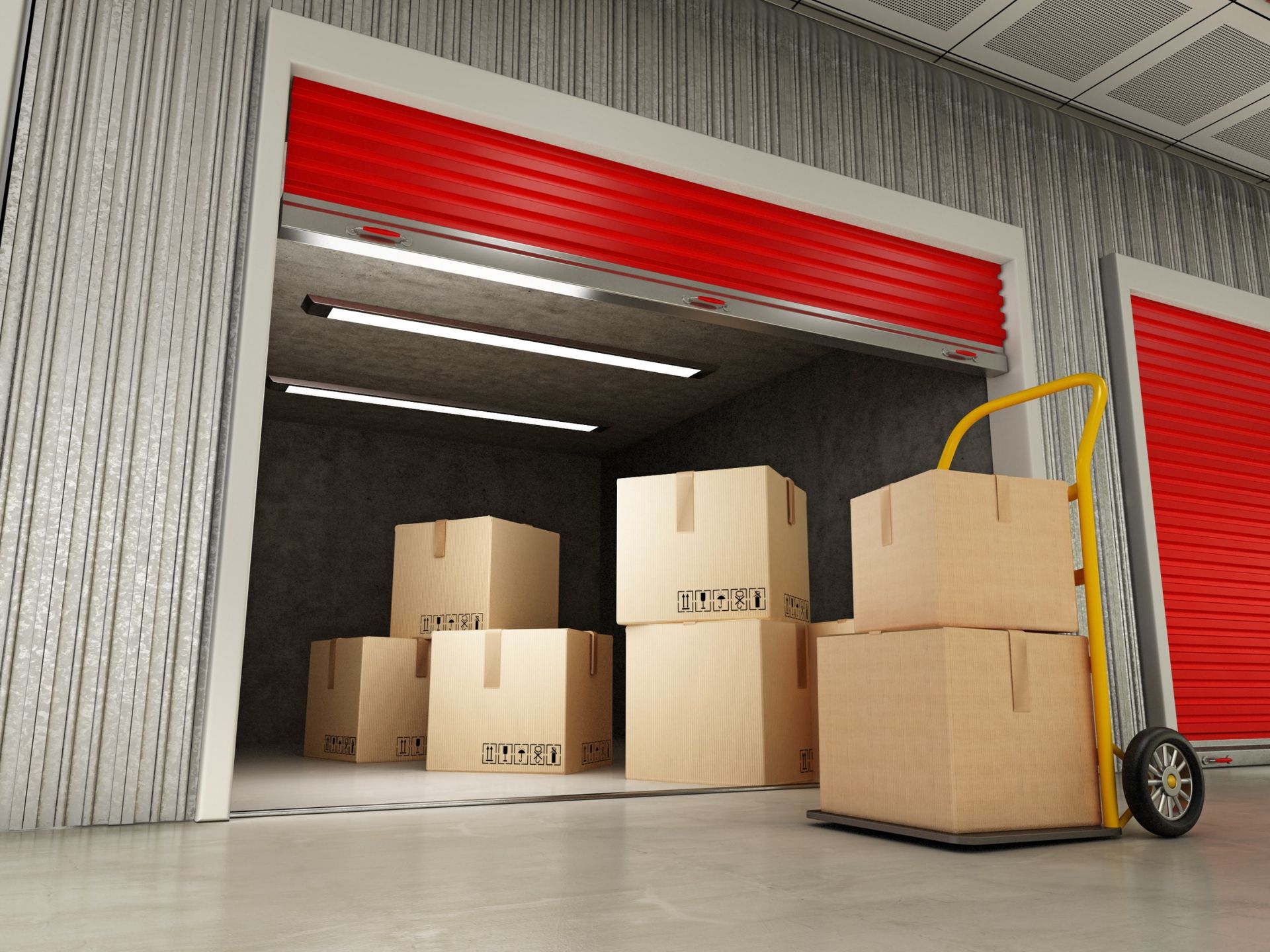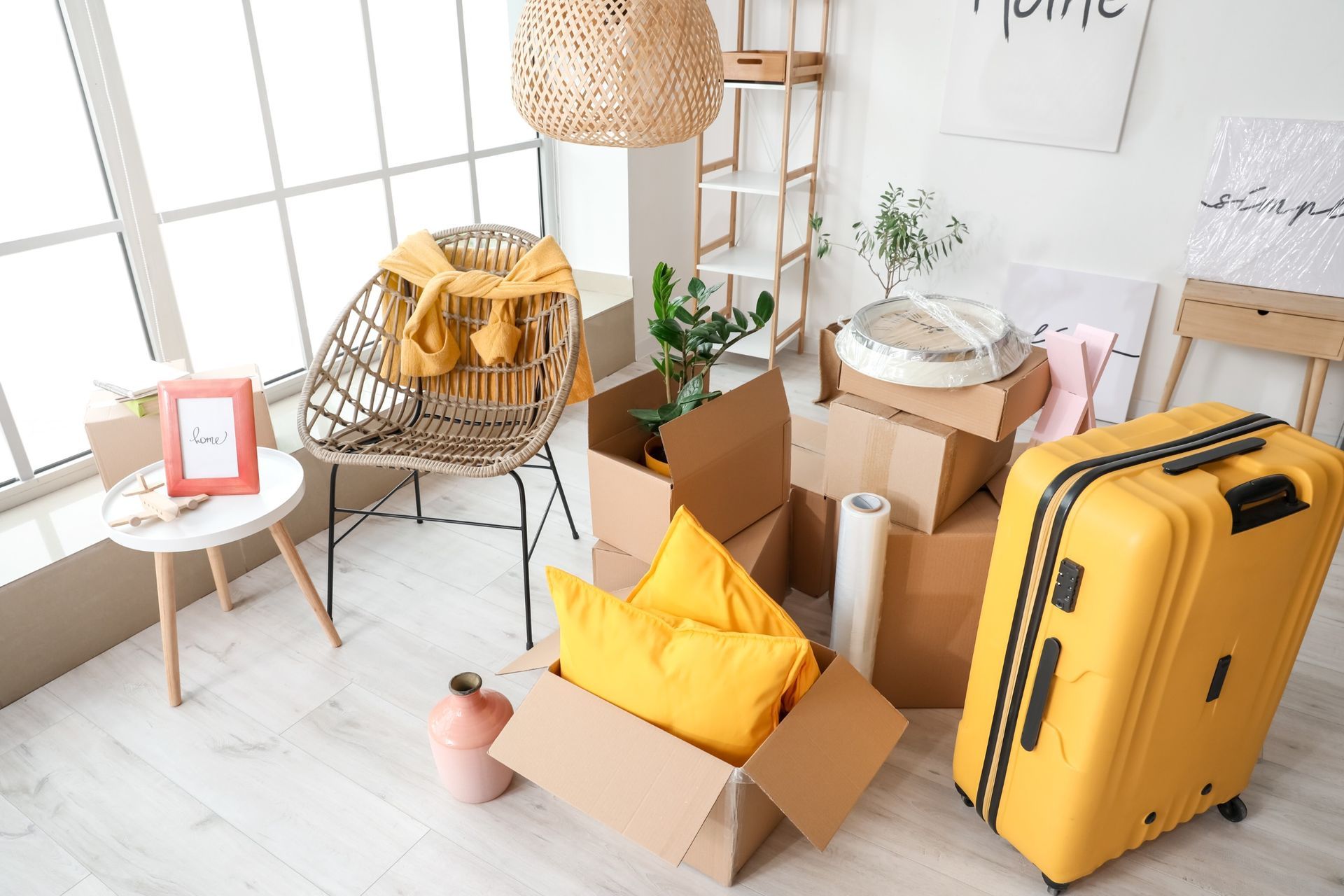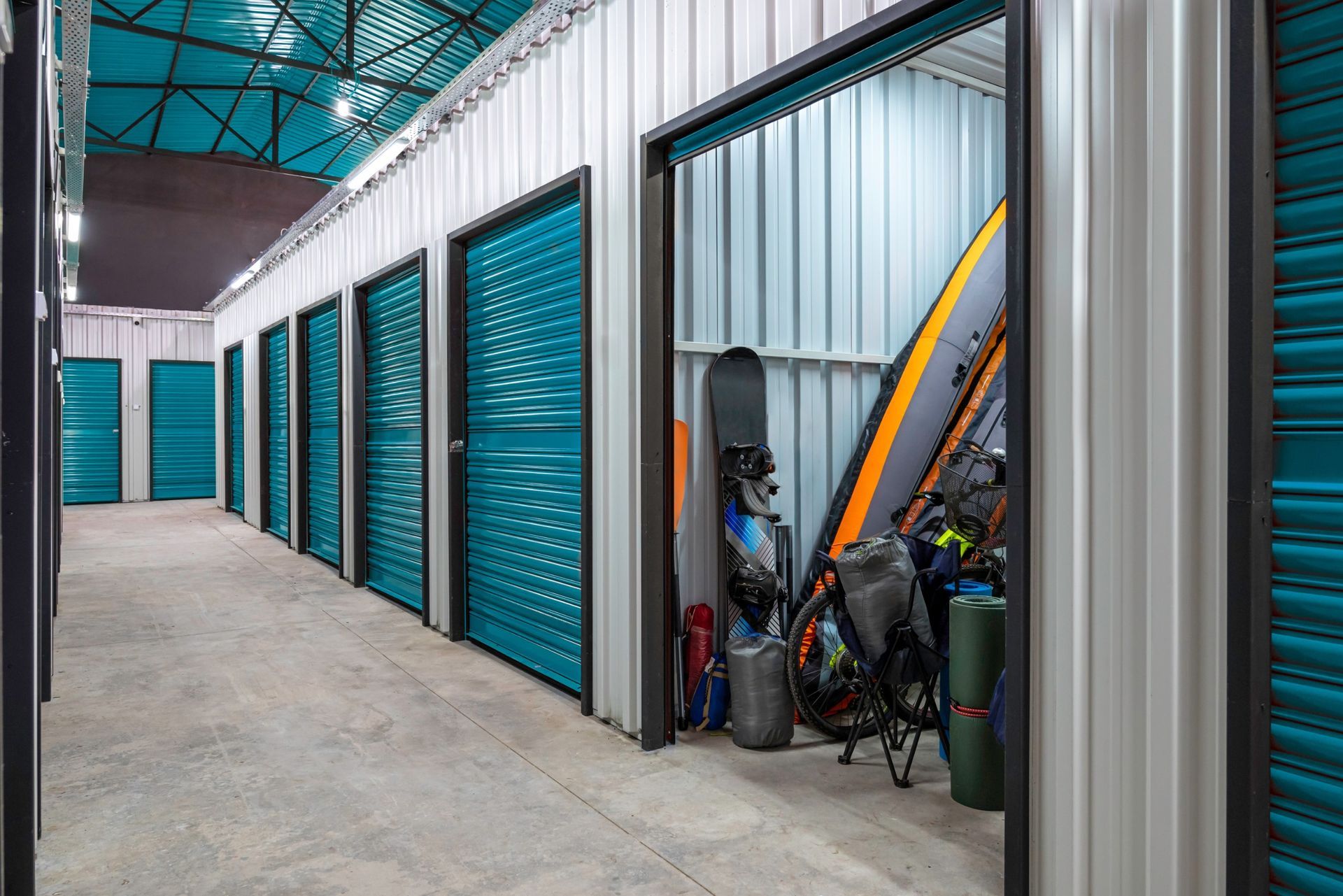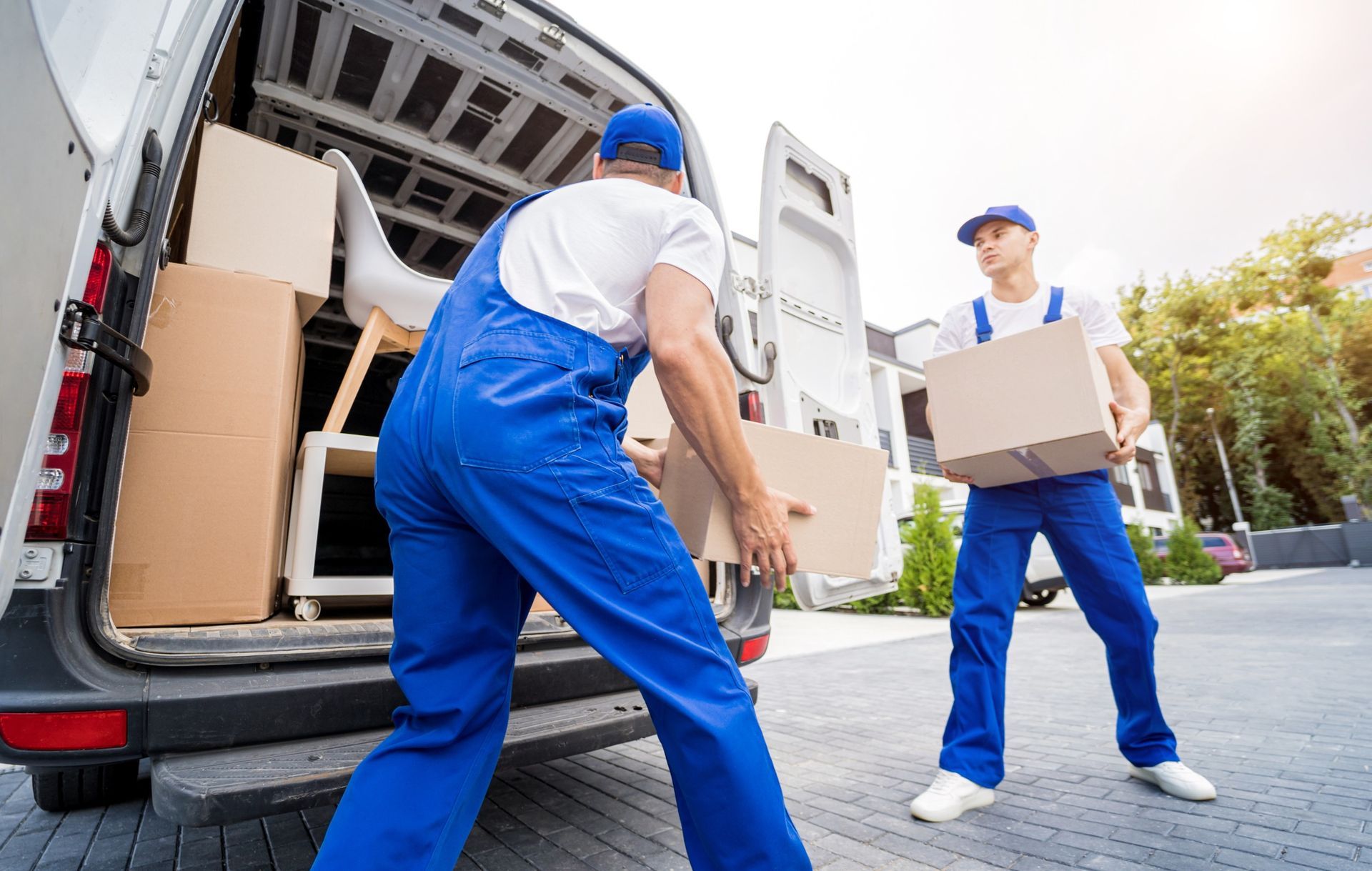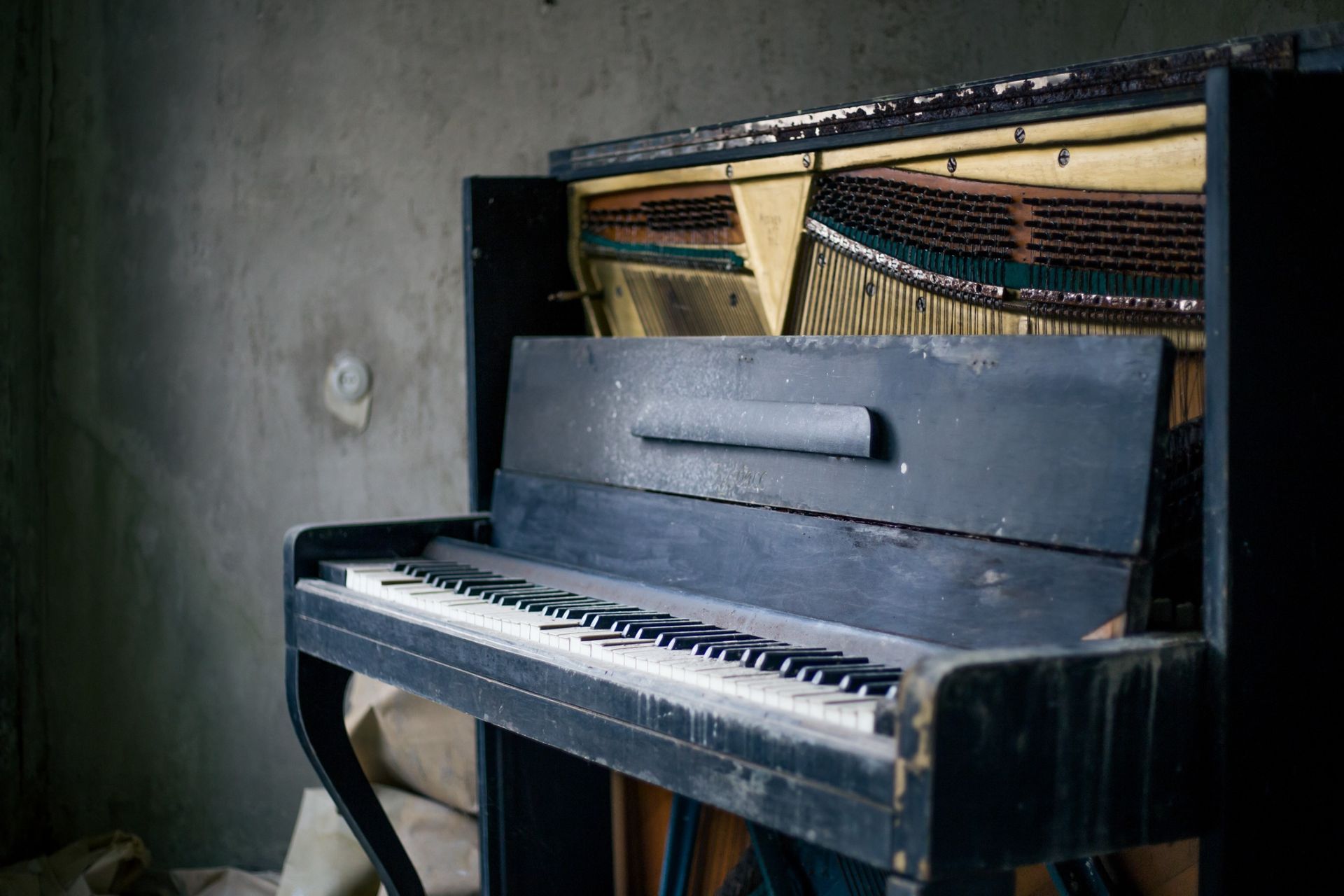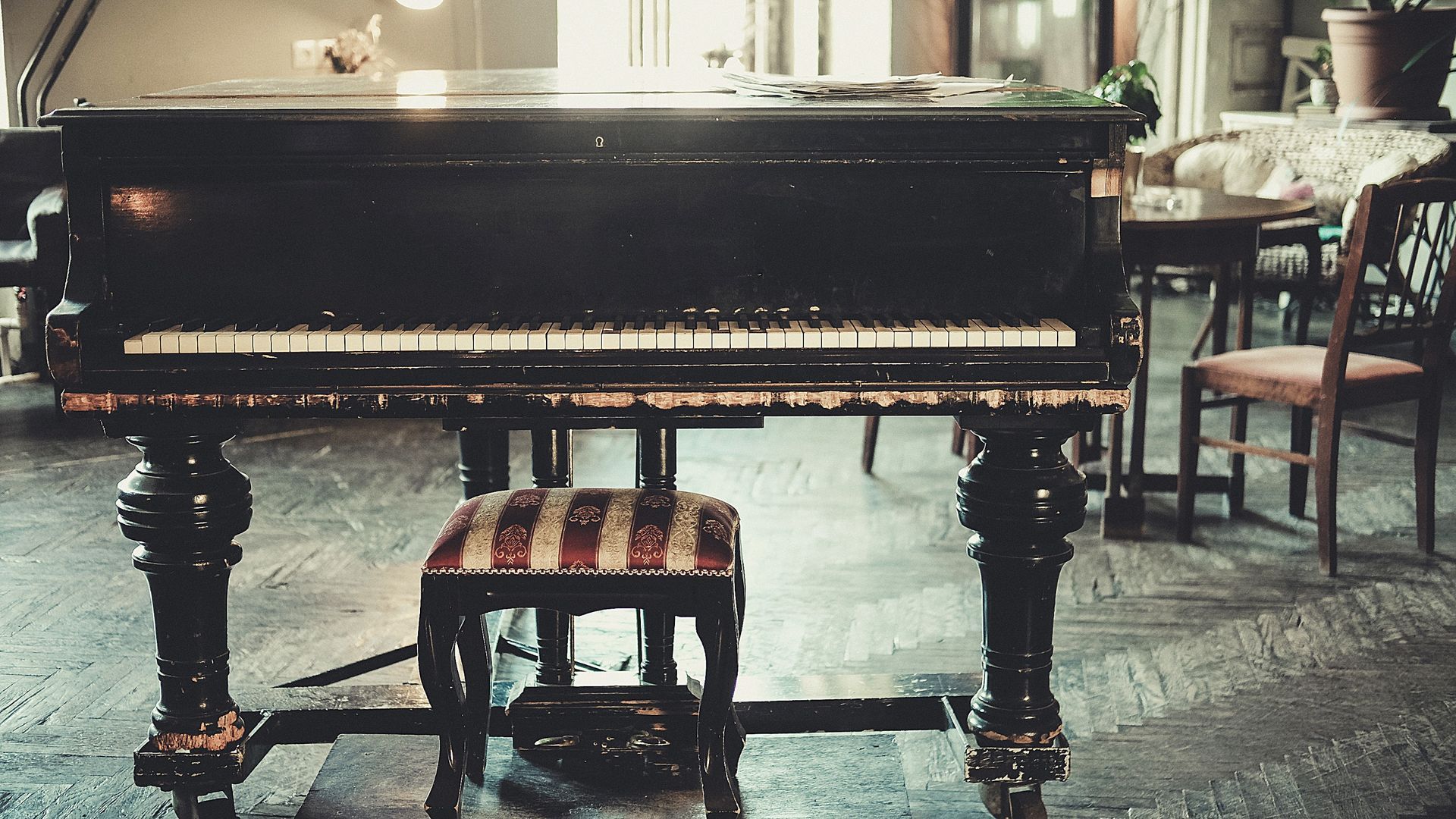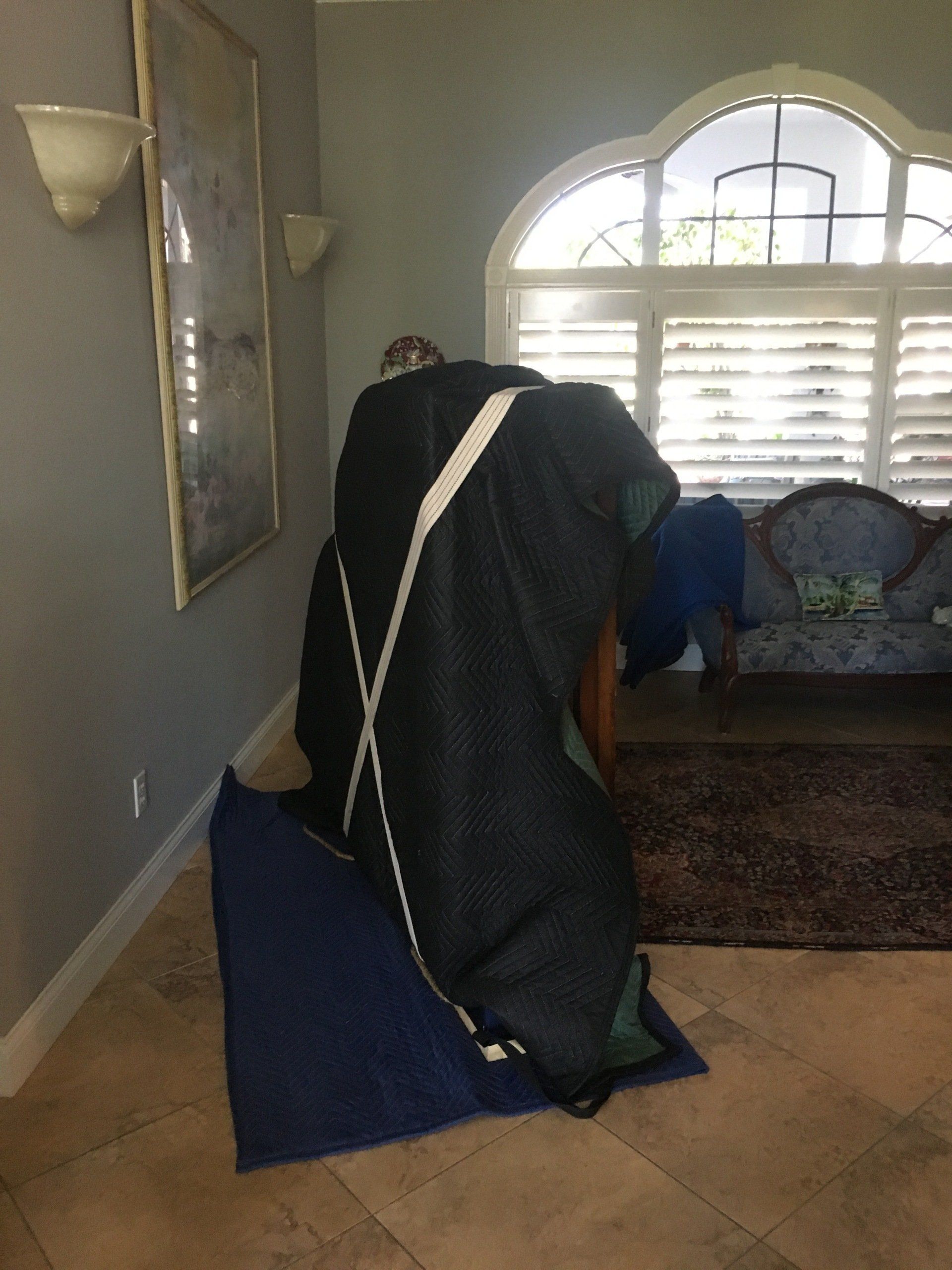Essential Tips for Moving a Piano Safely
Moving a piano can be an overwhelming and daunting experience. It’s one of the most challenging tasks to take on. After all, pianos are large, bulky instruments made up of thousands of complex moving parts. Not to mention they can weigh anywhere from 300-900 pounds!
So, it's easy to understand why proper planning and precautions are essential when moving a piano. The good news is that by following some simple steps you can protect it during transit and ensure its safe arrival at its new destination.
We have compiled some essential tips for anyone looking into moving a piano so they can do so safely and with ease.
Gather the necessary materials for transporting the piano
To start, you'll need to gather the necessary materials for transporting the piano. First on the list are moving blankets. These will provide ample cushioning for the piano during the move, protecting it from any bumps or scratches.
Next, you'll need straps. These will be used to secure the piano, keeping it in place while it's being moved. A heavy-duty dolly is also essential. It is designed to support the weight of the piano and makes it easier to move.
Lastly, additional protective padding should be on hand. It can be used to further safeguard any fragile parts of the piano such as the keyboard or pedals.
Remember, the goal is to minimize any potential damage, so investing in these materials can make a significant difference in ensuring your piano arrives safely at its new home.
Assess the size of the piano and determine if it needs to be taken apart for transport
Before moving the piano, it's crucial to assess its size accurately. Measure the height, width, and length, taking into account any protruding parts such as its legs or music rack. If your piano is a grand or baby grand model, it may be necessary to disassemble parts of it for safe transport.
However, this should only be done by a professional or under professional guidance to avoid damaging the instrument. If the piano needs to be taken apart, take care to label each part and keep all screws and bolts safe for reassembly.
Also, ensure you know how to properly reassemble the piano at your new location or hire a professional to do it for you. It's essential to remember that even a small upright piano can be extremely heavy and awkward to move, so always prioritize
safety.
If in doubt, consider hiring professional piano movers trained and equipped to handle such tasks.
Lifting the Piano: Enlist Help or Use Furniture Sliders
When it comes to lifting the piano, it's crucial to never attempt this alone due to the substantial weight of the instrument. Enlist the help of at least two more people, ensuring that each person is in a position to distribute the weight evenly.
When lifting, remember to lift from the knees and not the back, to prevent injuries. However, if you're uncomfortable or unsure about this process, furniture sliders can be a safer alternative. These tools can be placed under the piano's legs to allow it to glide across the floor with far less effort.
They protect your floors from scratches and reduce the strain on those moving the piano. Whether you're enlisting help or using sliders, always move slowly and carefully, ensuring the safety of everyone involved and the integrity of the instrument.
Securing the Piano on the Moving Truck
After successfully lifting and moving the piano onto the truck, it's time to secure it to ensure it remains steady during transit. Place the piano towards the back of the truck, as this will help balance the weight during transportation. Use strong ratchet straps to tie the piano securely in place.
These straps should be wrapped around the body of the piano, excluding the keyboard section, and fastened tightly to the sides of the truck. Additionally, place moving blankets or pads around the piano, especially where the straps make contact, to prevent any scratches or damage to the piano's surface.
It's crucial to ensure the piano doesn't wobble or move around within the truck. Any movement can cause harm to the piano and potentially lead to a dangerous situation while driving. As a final check, gently try moving the piano.
If it shifts, reassess the strap tightness and cushioning to ensure it's fully secured before you hit the road. Remember, the piano is a delicate instrument, and securing it properly is key to its safe arrival at your new destination.
Planning the Route: Avoiding Sharp Turns and Dips in Elevation
While moving a piano, your route planning should minimize sharp turns and significant dips in elevation. Pianos are bulky and weighty instruments, vulnerable to damage from sudden movements. Therefore, carefully chart your route from your current location to your new destination.
Use maps and tools like Google Maps or Apple Maps to avoid roads with steep slopes, tight turns, or frequent elevation changes. When planning, consider the width and height of doorways, corridors, and staircases in your old and new locations.
If possible, measure these in advance to ensure the piano will fit through. It's crucial to prepare for any obstacles you may encounter, such as low-hanging tree branches or power lines, narrow streets, or busy traffic situations.
If you foresee any of these issues, consider arranging a different route or time of day for the move. Your careful navigation and route planning are vital to ensuring your piano's safe and unharmed arrival at its new home.
Unload the piano carefully at its new home using a dolly and other helping hands
Once you arrive at your new home, the next task is to unload the piano carefully and safely. First, gather your team and ensure everyone is ready to assist in this critical process. Using the dolly, carefully move the piano off the truck, ensuring there is adequate support at all times.
Remember, sudden movements can damage the piano, so the key is to move slowly and steadily. Always keep a firm grip on the piano to control its movement. Once it's on the ground, use the moving blankets to protect your floors as you maneuver it into its new position.
If you've disassembled parts of the piano for the move, now is the time to reassemble it. Make sure you have kept all the screws and bolts safe, and follow the instructions for reassembly meticulously. If you're not confident about doing this yourself, consider hiring a professional. Finally, once the piano is in place in its new home, it's a good idea to get it professionally tuned.
It ensures it's in the best possible condition after its journey. Moving a piano can be challenging, but with careful planning, the right tools, and a team of helpers, it can be accomplished safely and efficiently.
About Us
Grand Moving & Storage should be your one-stop destination if you are looking for expert movers to move your piano safely to another location. We specialize in moving pianos of all kinds and have the most advanced equipment to move bulky yet delicate items.
We also provide specialty moving and storage services in Florida. You can reach us at (727) 498-2221 or fill out our
contact form to know more. Request a
free quote today!

We provide full service moving, packing, loading, unloading, storage, piano moving and specialty moving services.
Grand Moving & Storage
(727) 498-2221
Info@grandmovingandstorage.com
LIC# IM3184
Monday: 8am-6pm

